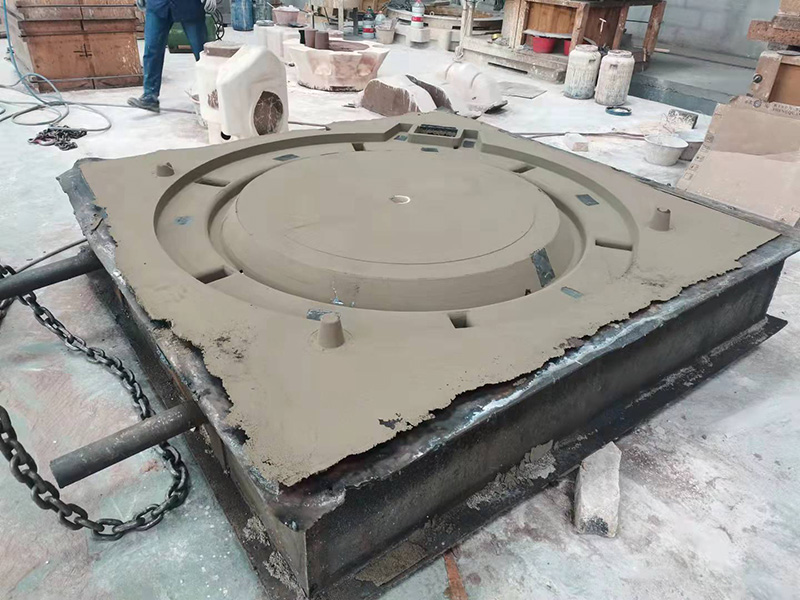Sand casting is one of the oldest and most versatile metal casting processes, widely used for producing complex shapes and geometries in various industries. The process involves several key stages, starting with the creation of a sand mold, which serves as the negative impression of the desired object.
The first step in the sand casting process is selecting the appropriate type of sand, typically silica sand, known for its refractoriness, durability, and ability to retain shape when compacted. The sand is mixed with a binder, often clay, and water to enhance adhesion and strength. This mixture is then packed tightly around a pattern, which is a replica of the final product. Patterns can be made from various materials such as metal, wood, or plastics, depending on the requirements of the casting.
Once the pattern is prepared and the sand has been compacted, it is removed to create a mold cavity. The next important step is the creation of the gating system, which includes channels that allow molten metal to flow into the mold. This system is carefully designed to ensure an even and controlled flow of metal, minimizing defects and promoting uniformity in the final cast.
After preparing the mold, the next phase involves melting the metal, which can vary depending on the specific application. Common metals used in sand casting include aluminum, iron, and bronze. The metal is heated in a furnace to a temperature above its melting point, and once in a molten state, it is poured into the mold.
sand casting process

Cooling is a critical stage in the sand casting process, as it determines the structural integrity and hardness of the metal. The cooling rate can affect the microstructure and properties of the cast product. After sufficient time has passed for the metal to solidify, the mold is broken apart to reveal the cast object.
Finally, the casting will often undergo further processing, such as machining, to achieve precise dimensions and surface finishes. Sand casting is renowned for its cost-effectiveness and ability to produce intricate designs, making it a popular choice in industries like automotive, aerospace, and art.
In conclusion, the sand casting process is a fundamental method in metalworking, characterized by its simplicity and flexibility. Its ability to create complex shapes and adapt to various production scales ensures its continued relevance in modern manufacturing.
Post time:ספט . 06, 2024 17:39
Next:Cerabeads - Advanced Ceramic Beads for Precision Applications
